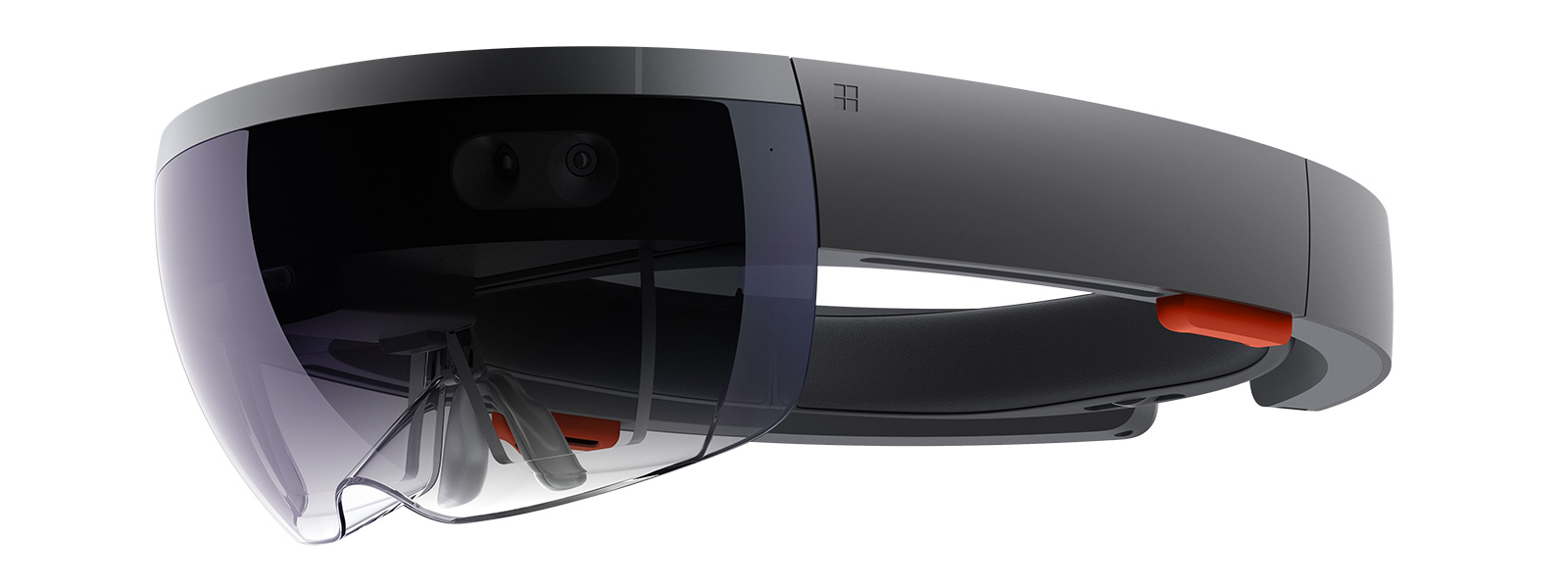We don’t play favorites when it comes to brands–we’re interested in anyone who’s on the front lines of Augmented Reality technology. However, since our main audience is physicians, we do think that it is important to examine the different options and point out the differences, both pros and cons. That’s why we at ARinMED have decided to review some of the main devices that are currently being used in the medical field: intraoperative object-anchored 2D display visualization of medical information.

So, what does all that mean? Basically, it’s a limits-free, unhindered and instantaneous view of the surgical site displayed through a head-mounted device (HMD), which allows the input and display of medical information such as vital signs, organ identification, and more. The review, performed by the resarchers of the Johns Hopkins University in Baltimore, Maryland, rated the devices in several categories, including text readability contrast perception, task loading time, frame rate, and system lag. This allowed them to make an objective assessments of the HMDs at their disposal.

Epson’s Moverio BT-200
The three devices in the study were Microsoft’s Hololens, ODG’s R-7, and Epson’s Moverio BT-200, released in 2016, 2016, and 2014 respectively. A multi-user study and an offline experiment were used to evaluate the performance of the devices. The specs of the three devices were similar, but Microsoft’s Hololens performed the best among the three contenders. The fields where the Hololens really surpassed the others was in contrast perception, task loading, and frame rate. The ODG R-7 was a close contender in the category of text readability. One of the things that provided the Hololens with the advantage was its superior integration of indoor localization and reference tracking, which offers the system to have less lag in a relatively motionless scenario, such as surgery.

ODG’s R-7 Wins as the cooler looking HMD, in my opinion. You get to look like you’re in the Matrix.
Overall, Microsoft’s Hololens is more suitable for clinical use than the ODG R-7 and the Epson Moverio BT-200 in terms of the evaluated criteria, but it shouldn’t be ignored that the Moverio BT-200 is two years older than the others. As far as we know (and we’re constantly looking for this kind of thing), this is the first study of this kind, which presents an objective and comprehensive examination of different HMDs and their clinical usage for settings like surgery.

Our Winner: Microsoft’s Hololens
With so many HMD’s on the way to the market in the upcoming months and years, and with big-name companies such as Lenovo and Apple entering the AR field soon, we can start being critical of quality. Beggars can’t be choosers, but if we’ve got enough to choose from, we can be a little more selective in what we believe could be applicable to the medical field. Determining what is best for what uses is essential. We would love to see this study done for 3D devices, with different parameters that are more suited for 3D technology. Real-time imposition of images would be an important one. We think that this technology could be applied to physiotherapy, telemonitoring, and any other specialty you could name. Each branch of medicine has an application for AR.
Source: https://www.ncbi.nlm.nih.gov/pubmed/28343301
Category: Surgery, Practice based apps, General AR tech news.








